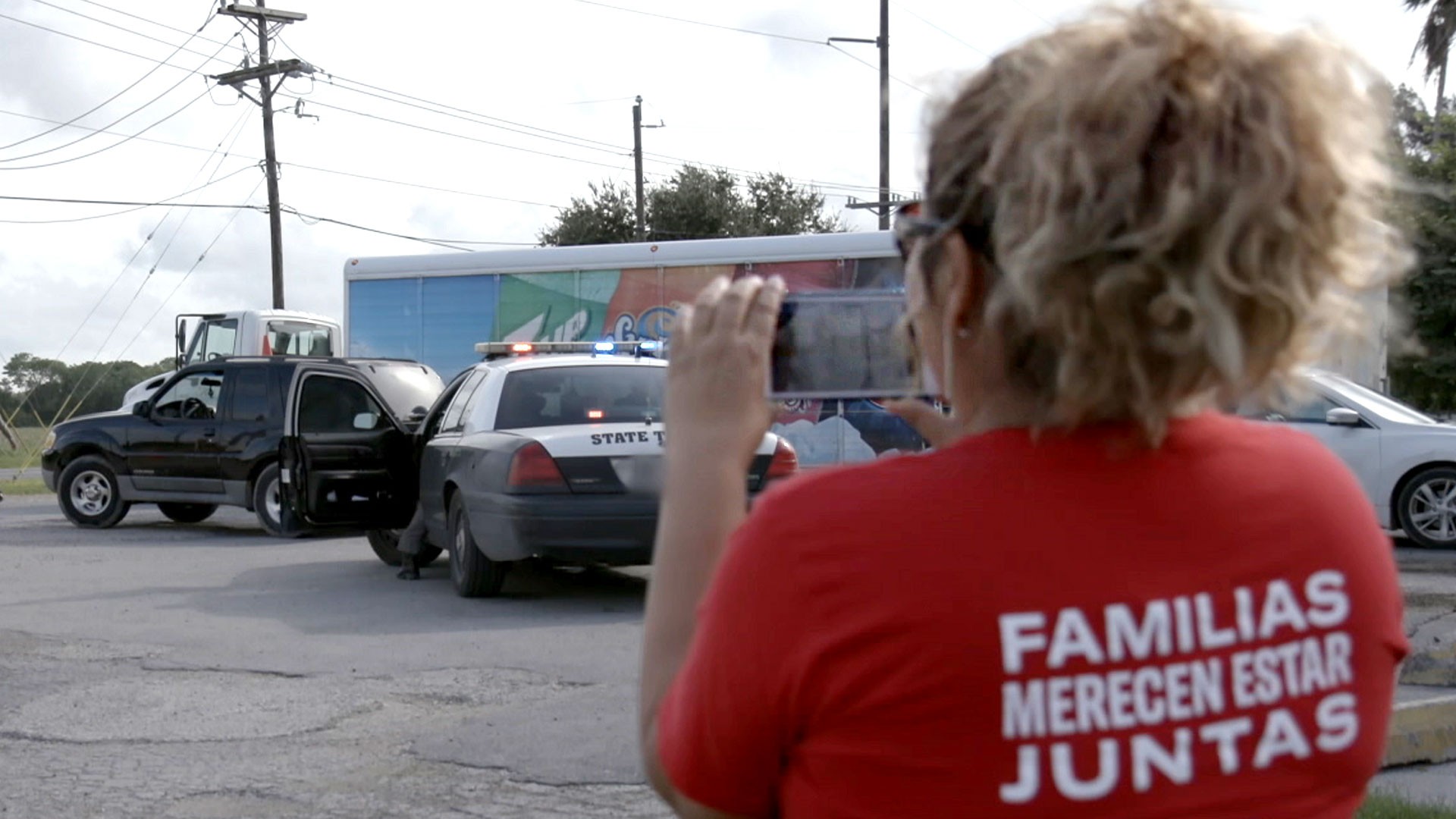Migrant children separated from their families walk at a detention center in Homestead, Florida, on June 28, 2019. Photo by Rhona Wise/AFP via Getty Images
Tipping Point covers environmental justice stories about and, where possible, written by people in the communities experiencing the stark reality of our changing planet.
Advertisement
Advertisement
Kamala Harris waves as she stands on a ladder to look over a fence to see the detained migrant children at Homestead on June 28, 2019. Photo by Joe Raedle/Getty Images
Advertisement
Advertisement
Advertisement
Advertisement
Advertisement
Advertisement

Advertisement
